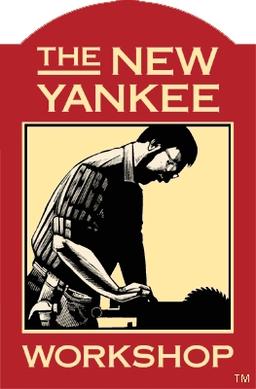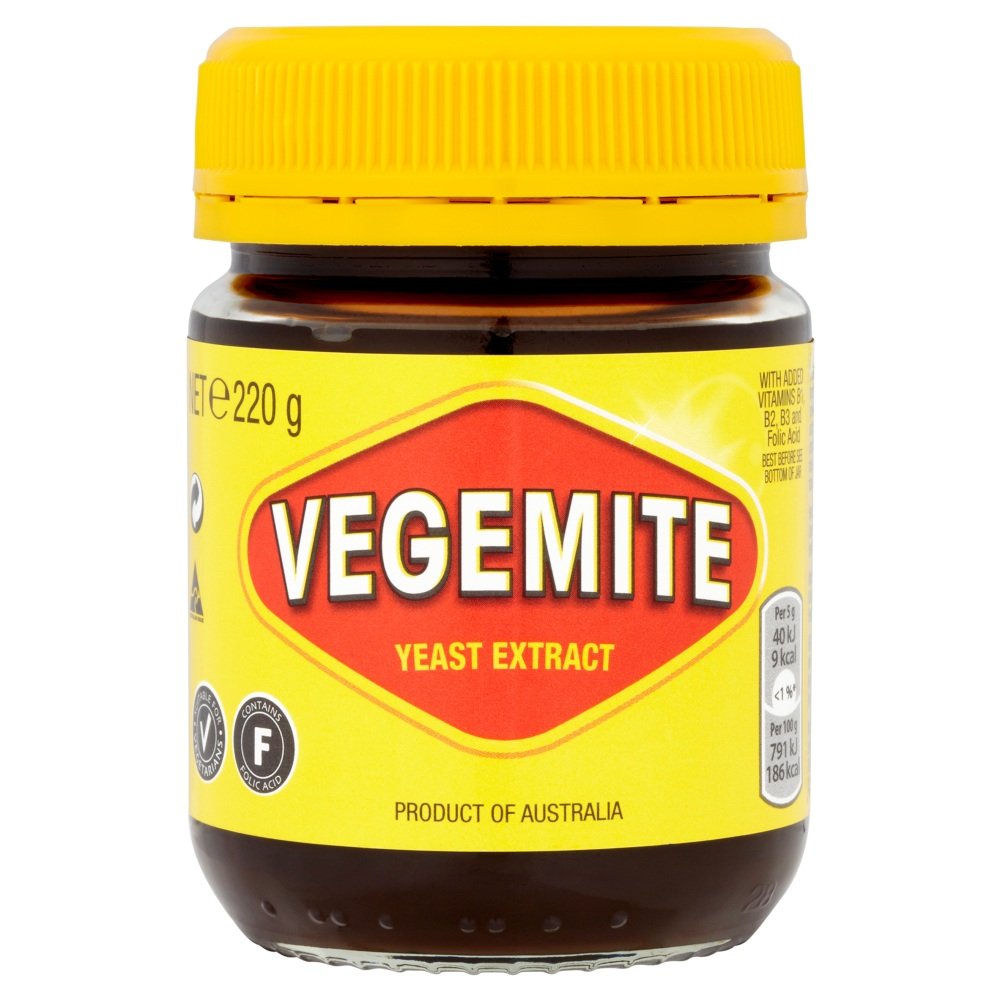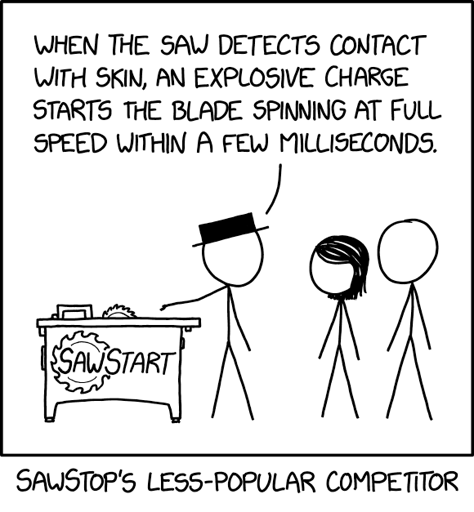

The writing classes I took in college were about MLA formatting and not effective transmission of ideas. It’s a real rot in the system, the people who become English professors are the ones who like English class enough to teach it, so English is just a semester of sitting through a pointless middle age woman’s pet peeves about grammar and document formatting.











I’ve long thought that phones needed a taze button. Every telephone in the world should have the power to deliver a high power electric shock to the user, and the phone network should only allow the callee to taze the caller. So if you call someone, the person you have called can taze you.
I don’t see any problem with the telephone network that can’t be solved by putting a 30,000 volt potential across the caller’s jaw. Make it work on call bots too, if a computer automatically calls you and you don’t want it to, put Shearon Harris on the line. Modern problems require 2nd Amendment solutions, and if you elect me as your president in 2028 it is these policies that I shall energetically enact.